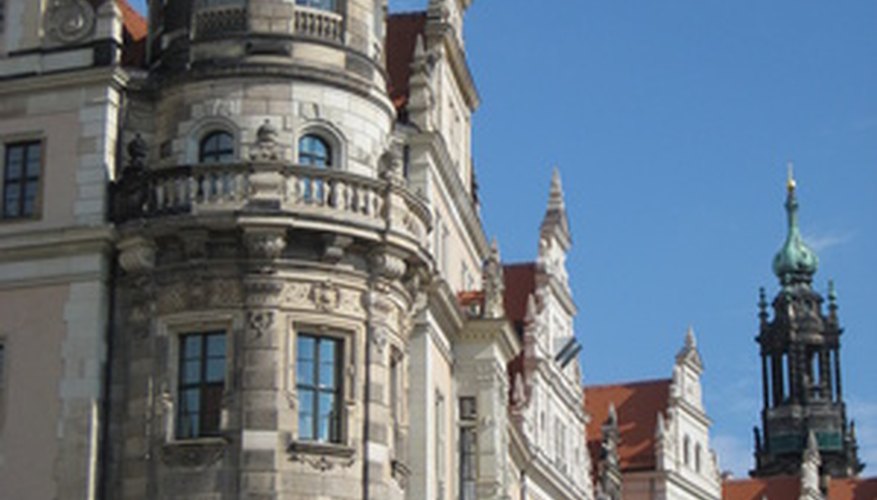Characterised by ornate designs of fruit, shells, foliage, scrolls, and flowers, Dresden china arose during the Romantic period of the 19th century. A blue crown Dresden mark was registered by four ceramic decorators in 1883. Dresden was chosen because the city was a centre of this artistic movement in Europe. However, other marks are considered to be authentic Dresden as well. There are a few tricks to identifying the blue Dresden crown and other associated marks.
- Characterised by ornate designs of fruit, shells, foliage, scrolls, and flowers, Dresden china arose during the Romantic period of the 19th century.
- There are a few tricks to identifying the blue Dresden crown and other associated marks.
Be aware that there was no single Dresden factory, which means that there is no definitive Dresden mark. With more than 40 shops producing Dresden china, the Dresden name and crown differ slightly from one maker to the next. Look at a wide variety of Dresden china items to become familiar with the different marks.
Look for a blue crown on an item. Some Dresden crowns have 5 points and 3 stars with an elaborate upper case "D" and the word "Germany" underneath. Others have 3 points on the crown with an upper case cursive "D" attached to the crown.
- Look for a blue crown on an item.
- Some Dresden crowns have 5 points and 3 stars with an elaborate upper case "D" and the word "Germany" underneath.
Look for a blue crown that is similar to an Irish claddagh crown, with 3 points and a centred cross above the crown.
Check for other authentic Dresden marks, such as the image of a cow with "Dresden" written in cursive beneath it and the words "Made in Germany" printed underneath.
Look for what appears to be an upper case "N" with a 5-point star underneath and a cursive "Dresden" beneath the star.
Other authentic Dresden marks include a Bavarian coat of arms with "Dresden" written above it. Some Dresden items also have a small brown rose either above or below the Dresden mark.
